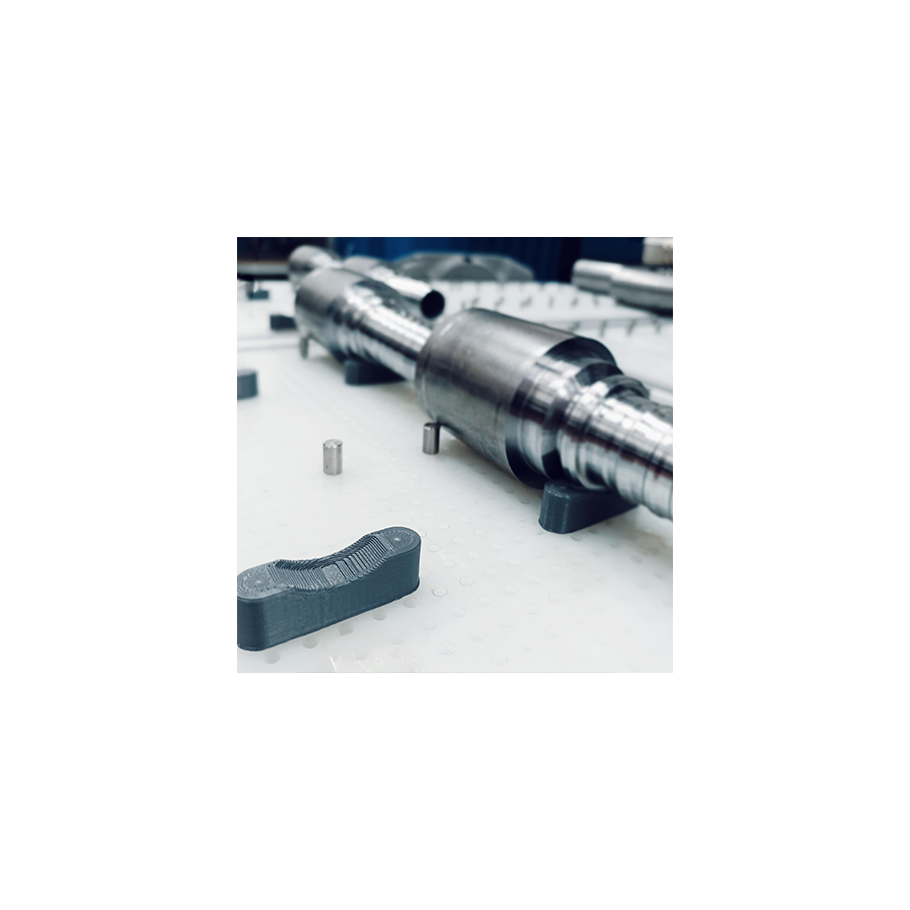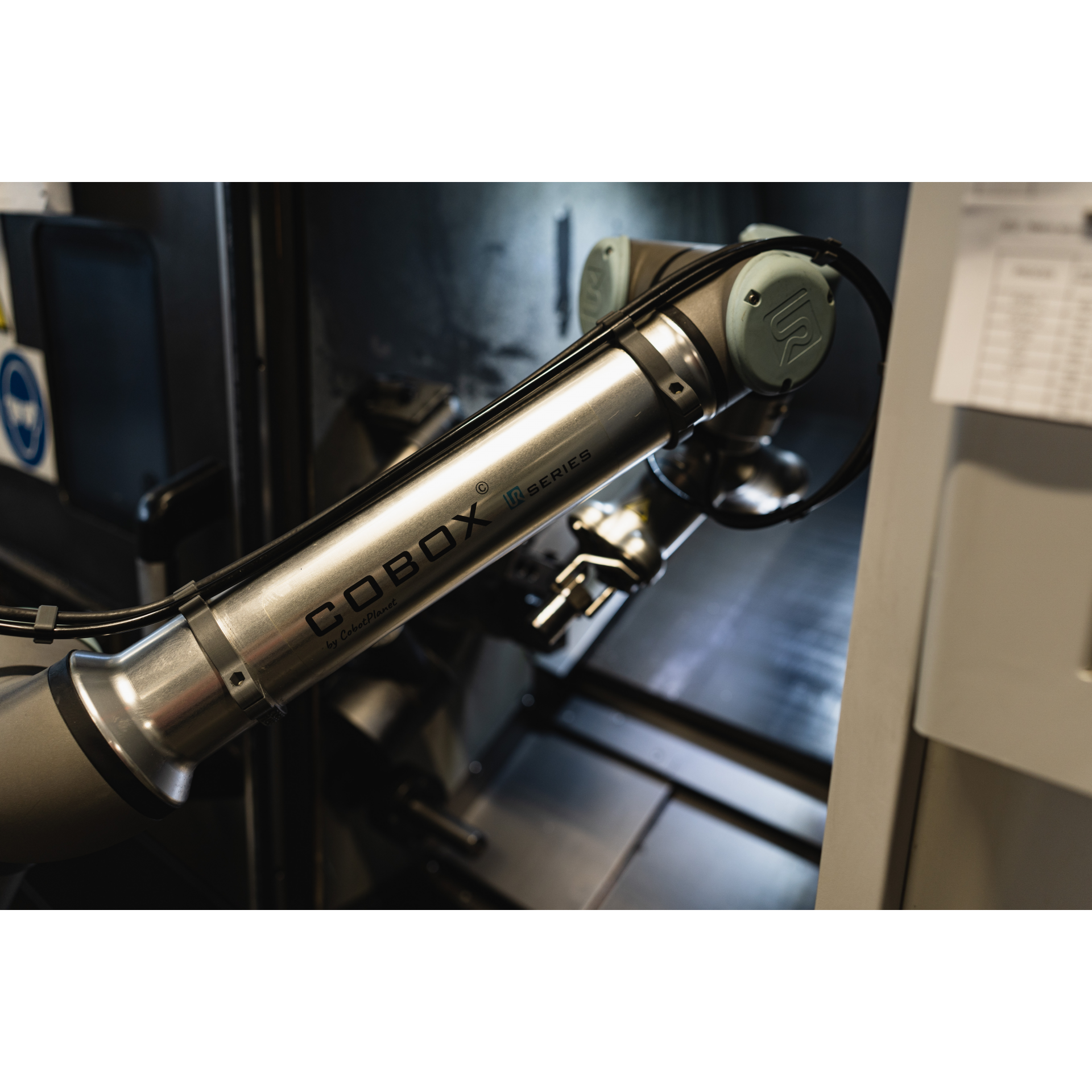CASE STUDY: Implementing a COBOX workstation for a CNC company
More and more companies are recognizing the advantages of automation. The problem of vacancies in production, the ever-increasing costs of maintaining the company - these are the current pains of companies in the CNC industry. Automation of processes by implementing the innovative COBOX workstation helps to deal with these problems. Our customer has found this out.
Bio: Production, service and trade company Pogoda Krzysztof has been in existence since 1997. However, the company's tradition is much longer. It dates back to the 1960s. The main activity of our client is precision metalworking, so CNC turning, CNC milling, grinding. The company's activities are mainly focused on the production of hydraulic components and the execution of external orders based on customer documentation. The plant undertakes large, medium and small series of various degrees of complexity.
COBOX implementation
The course of the installation
The Cobot Planet team had the pleasure of working with ZPUH Pogoda Krzysztof on a pilot implementation. After successful testing, the customer decided to purchase the finished COBOX workstation.
Due to the specific geometry of the Customer's workpiece, Cobot Planet application engineers developed a flexible way to store workpieces. Using 3D printing, dedicated components were created to support the component and shift its center of gravity.
Also noteworthy is the method of gripping the workpiece. In standard implementations, we use gripping along an axis. Here, however, adapting to the customer's expectations, we designed a proprietary algorithm that allows gripping perpendicular to the axis of the workpiece. In order to ensure effective communication between the machine and the COBOX station, we used a port for the bar feeder.

We take an individual approach to each customer. Thanks to the flexibility of our solution, we customize positions to meet the needs of production and the unique needs of the industry.
Effects
In this case, the investment in automation:
- ensured an increase in the client's production efficiency,
- allowed to improve quality,
- contributed to stabilizing technological processes,
- additionally, it enabled the employees to acquire adequate competence in the operation of robotic workstations.
